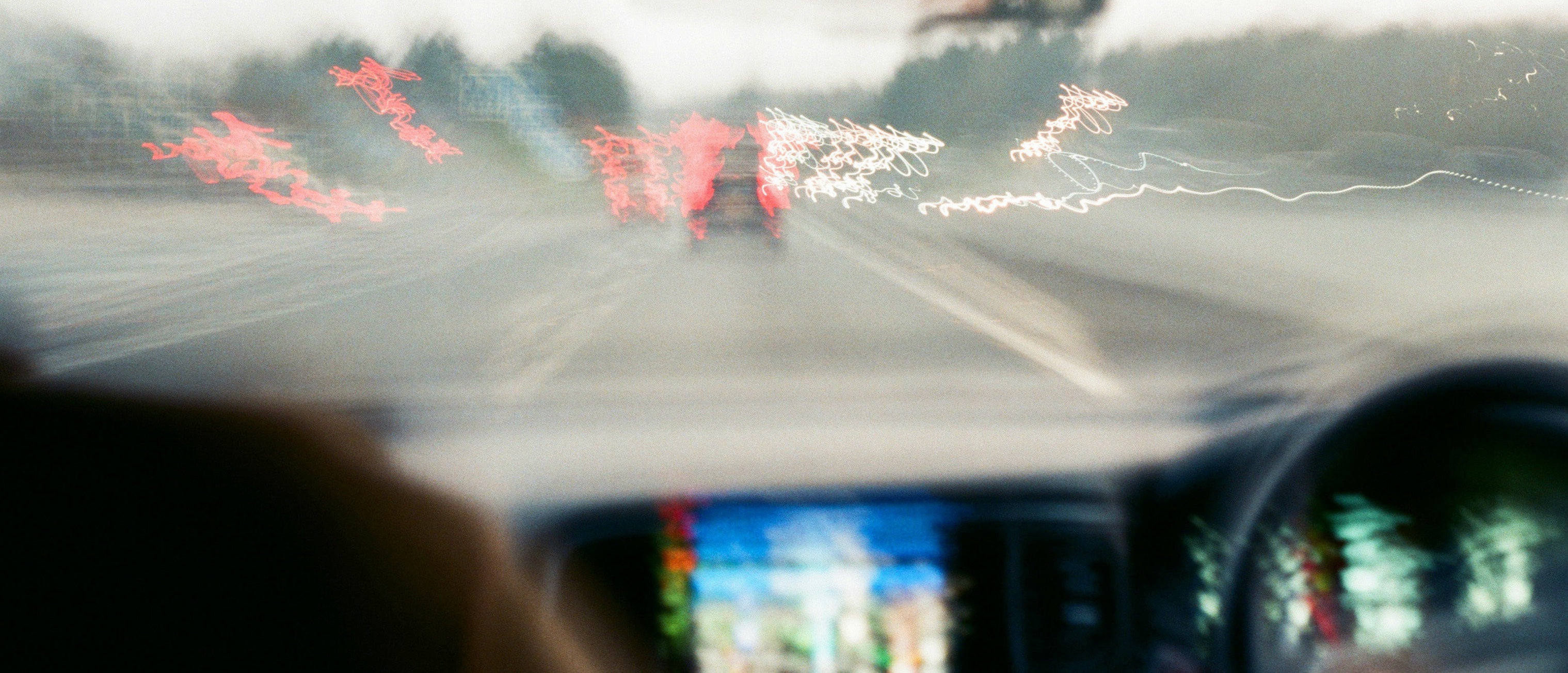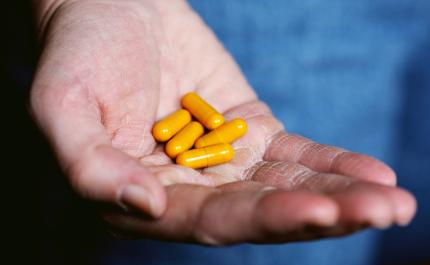
Online exclusive: drugged driving setback
In March, the Government announced a delay in the plan to introduce roadside saliva-based testing designed to catch drugged drivers.
2023 was supposed to be the year that saliva-based testing devices for detecting drugs would finally be used by Police officers on the roadside in New Zealand.

But, at the last minute, in March, the Government had to delay these plans due to a legal interpretation of testing standards being impossible for any testing device to meet in the real world.
It’s important to recognise that testing devices like these have been used in Australia since 2004, as well as in multiple European countries.
AA road safety spokesperson Dylan Thomsen says the problem for New Zealand is not the availability of testing devices Police could use to detect recent drug use and identify impaired drivers. “It’s more a mis-match between what the legislation requires and what the testing devices can do.
“Other countries have drugged driving laws that allow the testing devices to be used and that’s what we need here. The Government must quickly re-work its legislation so we can give Police officers more ability to catch drugged drivers on the roads,” Dylan says.
Since 2017, there have been close to 100 deaths each year from crashes where a driver or rider was subsequently found to have drugs in their system.
About 40% of road deaths in New Zealand involve either alcohol, drugs or both.
Right now, the only tool the Police have to deal with a driver suspected of being impaired by drugs is a physical ‘walk and turn’ test that is time-consuming, impractical and not something all officers are able to do.
Introducing saliva-based testing devices would allow any officer to test a driver in just a few minutes at the roadside, meaning Police could quickly and easily test larger numbers of drivers.

Having more frequent and visible drugged driving enforcement will also create a deterrence factor for people who currently use drugs then get behind the wheel, if they know they could be caught.
In surveys of AA Members over a number of years, 95% supported the idea of introducing roadside drug testing.
Testing for drugs is not as quick, cheap and straight-forward as testing for alcohol due to the range of possible substances people can take, different ways they can consume them and variability in how substances react in different people’s bodies.
To recognise this, most countries require multiple positive tests to confirm an offence. In New Zealand the plan was to require drivers to return two positive saliva tests to face a short-driving ban, fine and demerit points, rather than a criminal charge. There would also have been the ability for drivers to undergo a blood test if they wished to challenge the two positive saliva tests.
“Years of work through public consultations, Select Committee in Parliament and expert panels had come up with a regime for introducing roadside drug testing, so the AA was really frustrated to have it trip up at the very last minute,” says Dylan.
“Roadside drug testing was among the first actions in the Government’s Road To Zero strategy and adds to the list of road safety targets being missed.
“The AA is calling on the Government to quickly come up with a different way to introduce roadside drug testing that will allow substantial numbers of drivers to be tested and make those who are currently driving high fear they could get caught.”
Explore more road safety content while you're here:
Reported for our Autumn 2023 issue
